The R. Tucker Thompson is a gaff-rigged square top sail schooner with a full sail wardrobe of 9 sails. The ship’s overall length is 26m/85ft, and her height is 21m.
The hull is 6mm steel with 3 water-tight bulkheads, a steel deck overlaid with kwila hardwood and 75mm hatch coamings. This gives her immense integrity and strength. She is absolutely dry below. She was built using computer generated calculations for stability and carries a loadline certificate to this effect. She carries 18 tonnes of fixed steel ballast. The interior is a mixture of oregon and kwila with 2 double cabins and 11 single berths. The galley is designed to cater for 16 crew with a gas stove and boiling water on demand. There is a hot shower and 2 hand basins. The sails are made of Oceania canvas.
The engine is a 180 HP John Deere diesel. The bilge pumping system is connected to each water-tight compartment and is big enough to deliver 20 tonnes per hour out of the ship. She carries sufficient fuel for a 2000 mile range and water for 6 weeks at sea (with careful use). Her navigation equipment includes GPS, radar, Furono depth sounder and we have a Koden HF 4000 radio for long range communication. She carries a 3.8 metre Naiad rescue inflatable with a 25 HP 4-stroke outboard.
The R. Tucker Thompson has a very high reputation in the traditional sailing world and is considered a perfect example of a working tall ship with the advantage of being new and safe. We have carried hundreds of people around the world and around the Pacific, thousands of trainees off the Taitokerau Northland coast, as well as over 140,000 people on day trips.
The ship has a lofty rig of varnished oregon spars. Kwila decks and bulwarks with flashes of brasswork to make her look as she should: a working ship of the 19th Century, purposeful and square-shouldered, but with a touch of style and speed – sufficient to out-run the law!
Draft
2.6m / 8’6″
Displacement
60 tonnes
Engine
180 horsepower John Deere diesel
Total sail area
179 sq metres/3000 sq ft
Day charter capacity
47 passengers
The ship was launched off the beach at Mangawhai in 1985 with full Māori and Pākehā tradition. On that day she was gifted a kaitiaki or guardian called Karewa. Karewa has been with the ship ever since.
The traditional gaff-rigged schooner, R. Tucker Thompson was started by R. Tucker Thompson in the late 1970s as a project to embody the best features of a traditional design, married to the materials of today. After Tucker’s death, the R. Tucker Thompson was completed by Tucker’s son Tod Thompson and Russell Harris.
The hull was started in Little Munro Bay, Whangarei Heads. It was then moved to Mangawhai where the ship was completed. She was launched on 12 October 1985. Her design is based on the Halibut schooners of the Northwest American Coast, which were considered to be fast and sea kindly as well as easily manned.
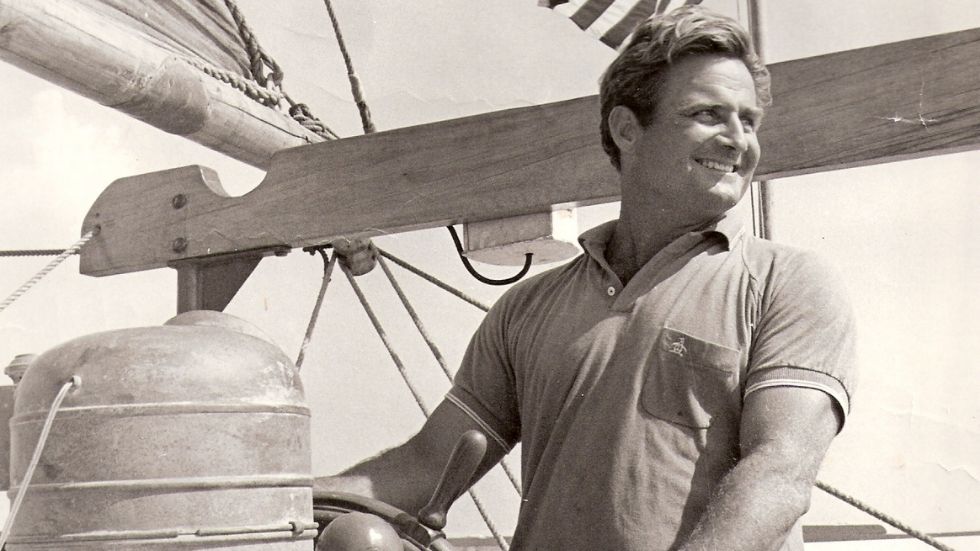
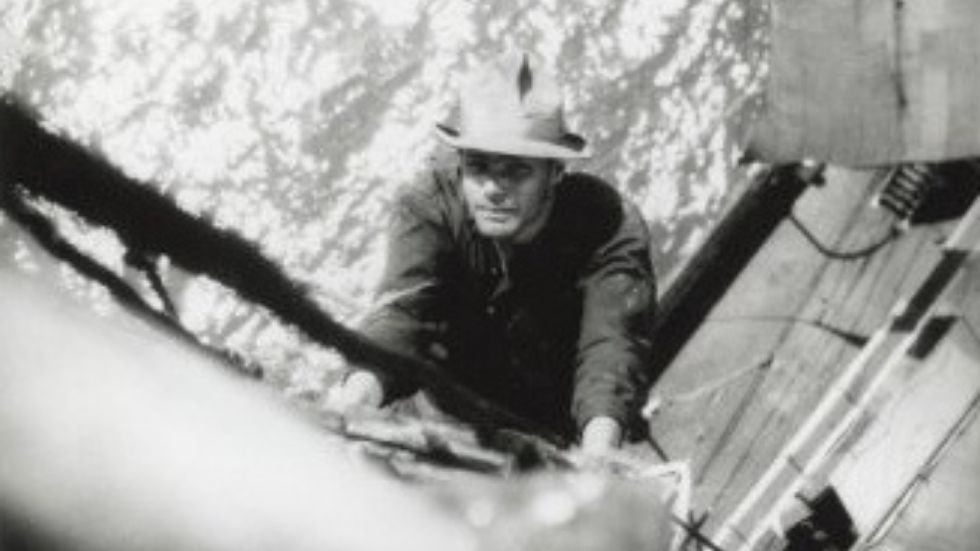
Tucker was born Robert Tucker Thompson in California in 1928 and was always called Tucker. His mother died when he was three years old and his father worked as a film processor in the movie industry. Tucker attended North Hollywood High School where he was an all-round sportsman and bought his first small yacht shortly after graduating.
He went to University in Santa Barbara , but his education was interrupted by finding a yacht needing crew for a South Pacific voyage. Tucker eventually returned to Santa Barbara, where he and Anita met and married. A year later he gained a teaching degree and began teaching in Carpinteria, just south of Santa Barbara, but left teaching after one year to begin working as skipper on a large yacht moored in Santa Barbara harbour. This yacht made a voyage to the South Pacific while he was skipper.
In 1964, Tucker and Anita flew to Costa Rica to deliver a yacht back to Newport Beach. Sailing up the coast of Central America , there were stories of a Baltic trading schooner that was just ahead. “Wandia” was anchored in Acapulco when they arrived there and immediately interested Tucker. The present owner was considering selling. Several months later, when the ship arrived in San Diego, the deal was done. Then the ship needed to go to work. Tucker sent letters and photos to all the film studios. A film of Michener’s book “Hawaii” was about to be made by Mirisch. The studio had one ship, “Thetis”, but still needed the whaling ship. After the first meeting, Tucker entered into negotiations accompanied by a marine lawyer. The result was a purchase/re-purchase agreement.
Re-rigging took place in San Pedro harbour in a rushed ‘Hollywood‘ manner—dismantling and building taking place almost simultaneously. The “Wandia” became the “Carthaginian”, complete with a warrior figurehead. Alan Villiers arrived to Captain the ship to Hawaii and be the film advisor.
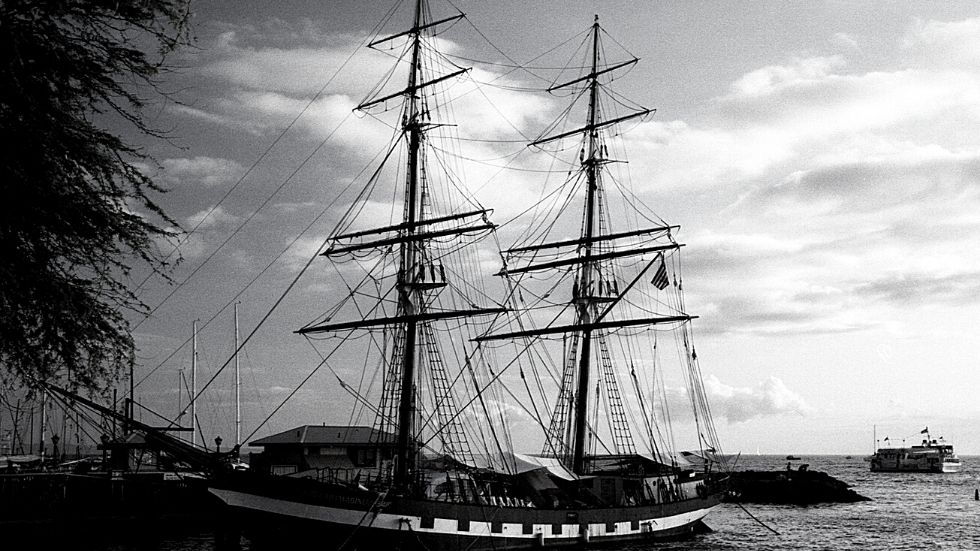
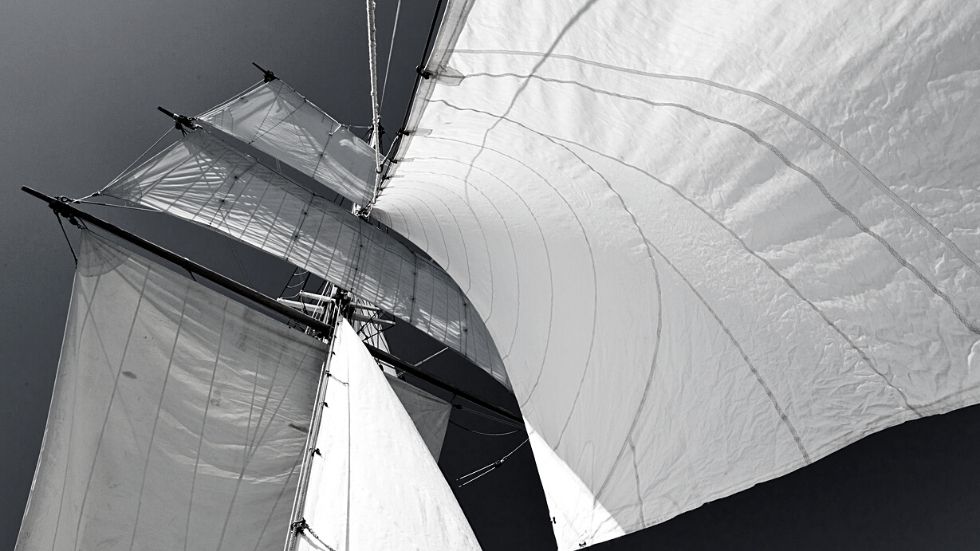
Also aboard was Ken Reynard (Captain -“Star of India ”) sailing as Mate, Karl Kortum (director of San Francisco Maritime Museum ), and Bill Bartz (Captain -“Balclutha”). These were the elite of California restored ships and museums. Other friends and acquaintances of Villiers filled the crew list.
When filming finished and the movie company no longer needed the ship (Nov.1965), the re-purchase option was in effect. The family moved aboard and took on crew for a trip around the Islands and to California . While anchored off Lahaina, Larry Windley, director of the Lahaina Restoration Foundation, urged the members to consider purchasing the ship for a museum; by the time the ship reached Hilo, representatives had arrived there with a proposal ready for signing, to take effect when the South Pacific cruise had finished.
“Carthaginian” continued on to the west coast, sailed under Golden Gate bridge and into Sausalito. Old salts who had sailed in square-rigged ships visited and swapped tales. The ship continued down the coast stopping at Catalina Island and Long Beach . Tucker knew there was a suitable dock at the Sea Scout Base so arranged to tie up there in exchange for taking the Sea Scouts sailing. Ralph Whitford, a teacher and scout master, was in charge of the base. Tucker’s son Tod and Ralph’s son Brian were a similar age and became good friends and made a trip to Mangawhai Heads for the launching of the “R Tucker Thompson” later on.
Arrangements were made for the voyage of the “Carthaginian” to the Marquesas, Society Islands and Hawaii; crew arrived, the ship was provisioned and the passengers came aboard. After stopping in San Diego to haul out to clean and paint the bottom, the “Carthaginian” sailed into the Pacific heading south 4th August 1966. Mid January 1967 the ship returned to Lahaina, Maui to become a whaling ship museum. The family moved ashore and Tucker was employed as Captain/Curator.
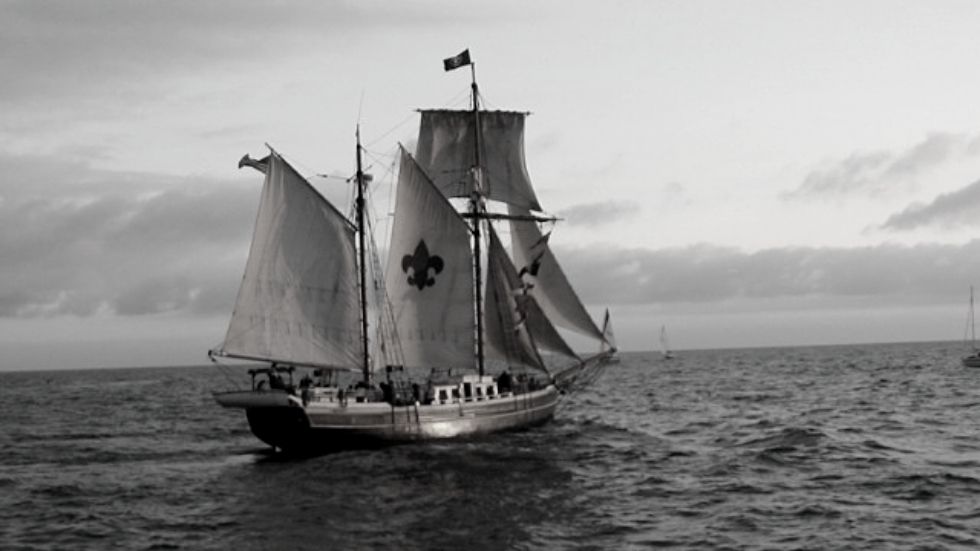
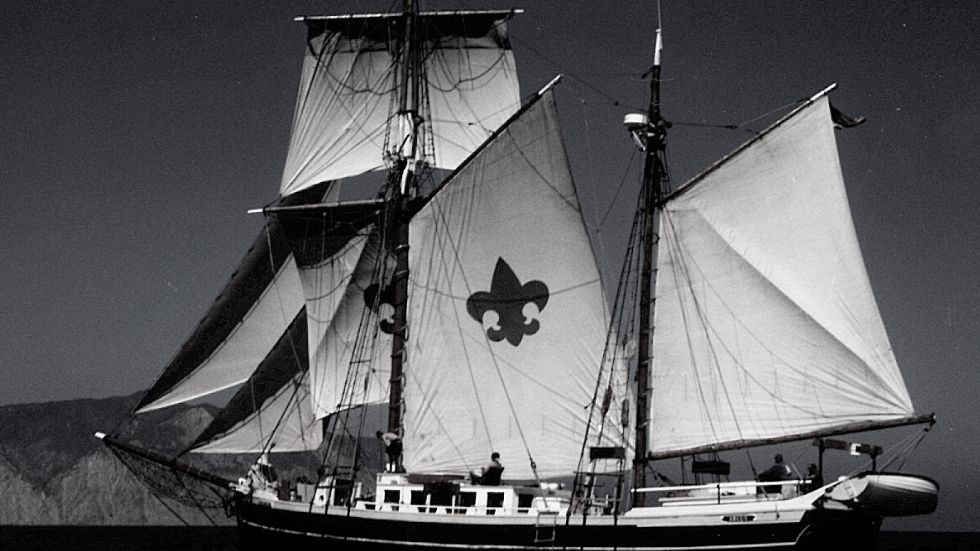
By the summer of 1968 Tucker was ready to go sailing again. The family headed for Europe, moving into a VW Camper van waiting for them in Ireland. They intended to do some tourist things and eventually look for a ship in Denmark. The old sailing ships were being replaced with motor vessels and many, in all sorts of conditions, were for sale. It took some time to find a suitable ship, but when they did, they moved into a flat (it was getting too cold to stay in the camper van) for the winter.
The children attended the local school and a helpful librarian scoured the country for books in English for the children. All the refitting work was done in Hadsund, on the Mariager Fjord. Tucker and a young Danish builder did most of the work over the winter, which was cold. It was a novelty to walk around the ship on the ice in the winter. By spring, work was progressing well. The cargo hold had gained a large water tank and a deck house/galley had been built. All was ready for a June 1969 departure.
The family left the Baltic via the Kiel Canal/River Elbe to enter the North Sea and head for England. While provisioning in Devon, they were asked if the ship wanted any spirits. When Tucker heard the price of spirits, minus any tax, a variety of liquor came aboard. He did like a bargain. The “Argus” continued on to Portugal, Gibraltar, Spain and the Balearic Islands intending to stay in the Mediterranean for the winter. However, the weather turned cold, so the Caribbean beckoned. Christmas in Barbados was a contrast to the previous Christmas in Denmark. After nearly 3 months in the Caribbean, the “Argus” headed to Panama, stopping in Curacao and Aruba before entering the Panama Canal, then heading north along the coast of Central America, stopping along the way at interesting ports.
They entered San Diego at the end of May 1970; a number of Sea Scout representatives joined the ship for the sail to Newport Beach. Friends at the Sea Scout base had been kept informed of the family’s travels and were interested in purchasing the “Argus” to use as a training ship, but were having difficulty with financing, due to the death of a vital member of the council. This meant that the planned move to New Zealand was delayed several months. While waiting, Tucker took on a new challenge. He bought a Cessna 160 and he and Anita took flying lessons. The plane was left behind but the car they bought was shipped to New Zealand.
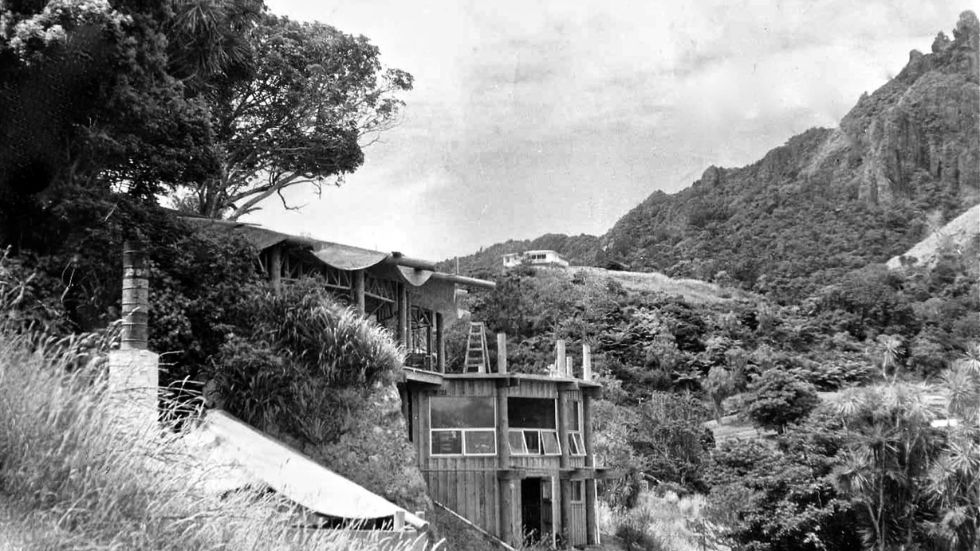
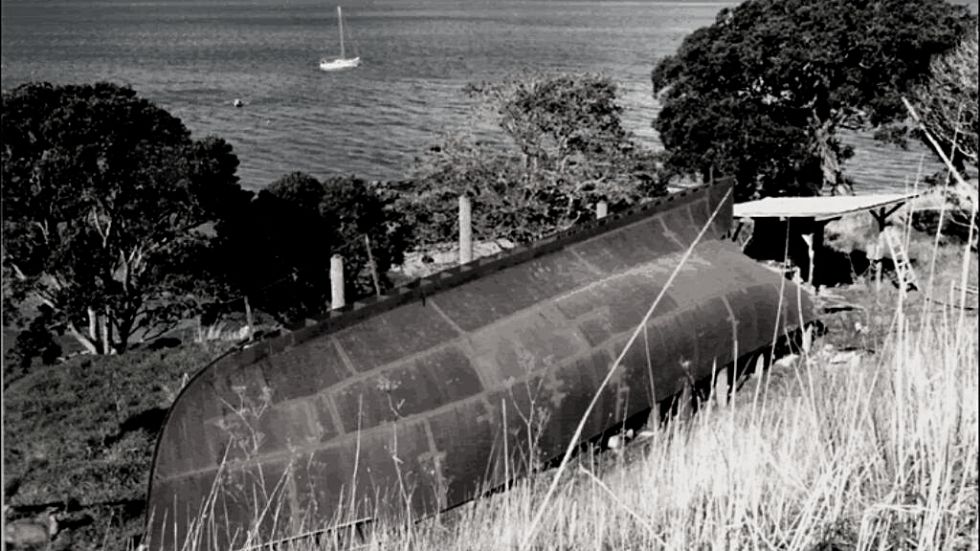
The family arrived in New Zealand in January 1971 when the country was on holiday. After a search, a caravan was found to rent and they headed north to the Bay of Islands. Friends from Hawaii were due to arrive in early February with a proposition to dry lucerne (alfalfa). This project involved bringing a disused dryer from a pineapple cannery in Hawaii (used to dry pineapple peel for animal feed) to Waverly in South Taranaki. Lucerne was used in stock food and chicken feed. (it makes egg yolks more yellow). Waverley is a farming community which welcomed the two families. There was an active tennis club in Waverley. Tucker, who had been a North Hollywood High School tennis Ace, was pleased to be able to play again.
Several years later it was time for another move. The warmth and sailing in the north appealed to Tucker. Land in Whangarei Heads was found and he set about building an unusual house. It was designed by Graeme North and set into a hillside, using poles with a ferro-cement roof. It attracted a lot of attention during the building, as it was unusual. When the house was finished, it was time for another project. The NZ government was encouraging the expansion of the fishing industry. The obvious thing to do was to build a boat that could go fishing. There was land below the house on the water’s edge which had sufficient room for a good sized boat to be built. Tucker and son Tod began working. The plating was not quite complete when Tucker became ill and needed a heart operation. He was 49 when he died.
Meanwhile, the hull, which needed a few more plates welded on, was acquiring a patina of rust. Tod was unsure whether he wanted to take on the project, but after some serious thinking decided to finish the hull. Russell Harris and Tod had met while working on the rigging of the “Bounty” and they formed a partnership.
Tod and Russell finished the ship and named her in honour of Tucker.
The Tucker’s maiden voyage was around the world. She took part in the First Fleet Re-enactment. Departing in 1987, the ship sailed across the Pacific, through the Panama Canal to meet the fleet in England.
Since then the Tucker has undertaken numerous voyages up to the Pacific, as well as Korea, Japan, and the Pacific West Coast of Canada and America.